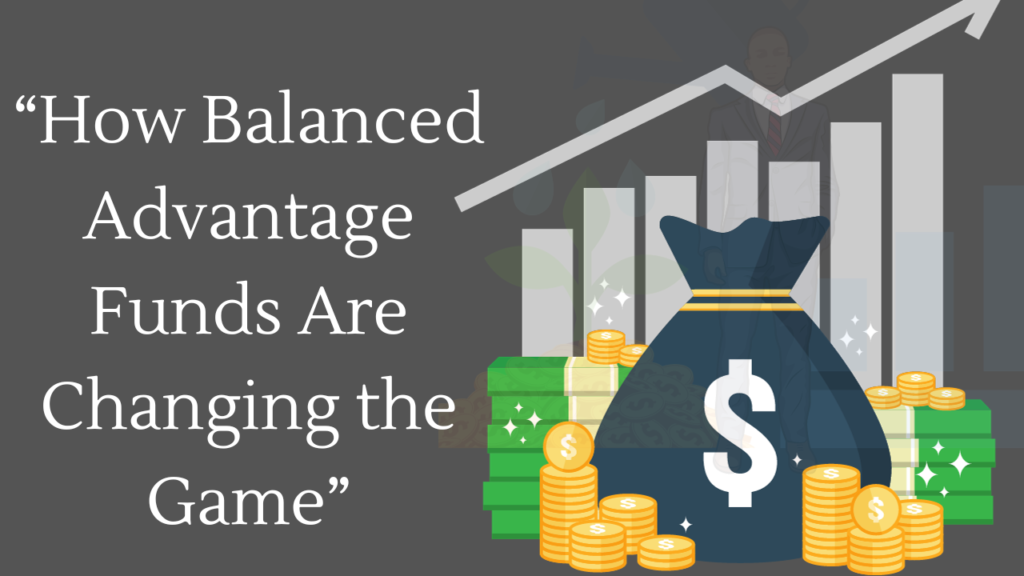Investing often shares parallels with sports like football, where valuable lessons from one field can apply to the other. In football, a team comprises forwards for attack and defenders for defense, but crucially, there are mid-fielders who are the versatile all-rounders. These mid-fielders transition between offense and defense, adapting to the game’s changing dynamics. Similarly, in the world of investments, Balanced Advantage Funds (BAFs) offered by mutual funds play a similar role to mid-fielders in football.
The key takeaway here is that whether it’s on the football field or in the realm of investments, a balanced approach is essential. It involves combining caution with aggression and responding appropriately to the situation. Previously, Balanced Funds (now renamed Hybrid Equity Funds) gained popularity by offering a balanced risk profile that appealed to many investors. However, there was an issue – some Asset Management Companies (AMCs) managed these funds as pure equity funds, exposing investors to higher risk than expected. SEBI’s classification of funds aimed to address this problem to some extent.

In recent years, Balanced Advantage Funds (BAFs), a category of open-ended dynamic asset allocation funds, have gained prominence. They employ a time-tested hybrid investment model to capture potential equity gains while providing a safety net during downturns.
BAFs allocate their corpus dynamically between equity and debt securities based on predetermined market valuation and analysis tools. Some AMCs use the Price to Earnings (P/E) Ratio, while others rely on the Price to Book (P/B) Ratio to determine asset allocation. Some employ a hybrid approach, combining both methods, often enhanced by trend analysis.
For simplicity, let’s assume a BAF starts with a 33% allocation to pure equity, 33% to arbitrage to maintain gross equity investments at or above 65%, and the remainder in debt securities. Long-term gains in this setup are subject to Equity taxation of 10%, as opposed to Debt taxation of 20% (with indexation).
However, like other Dynamic Asset Allocation Funds, BAFs have the flexibility to adjust their corpus between equity and debt based on market conditions. Their overarching goal remains capital appreciation while managing volatility.
In context, it’s worth noting that BAFs have historically exhibited roughly half the decline in returns compared to large, medium, and small-cap fund categories when markets faced challenges. It’s important to acknowledge that while past data provides insights, it doesn’t guarantee future performance. In our next column, we’ll delve deeper into specific BAF offerings, exploring their current asset allocations and performance records.